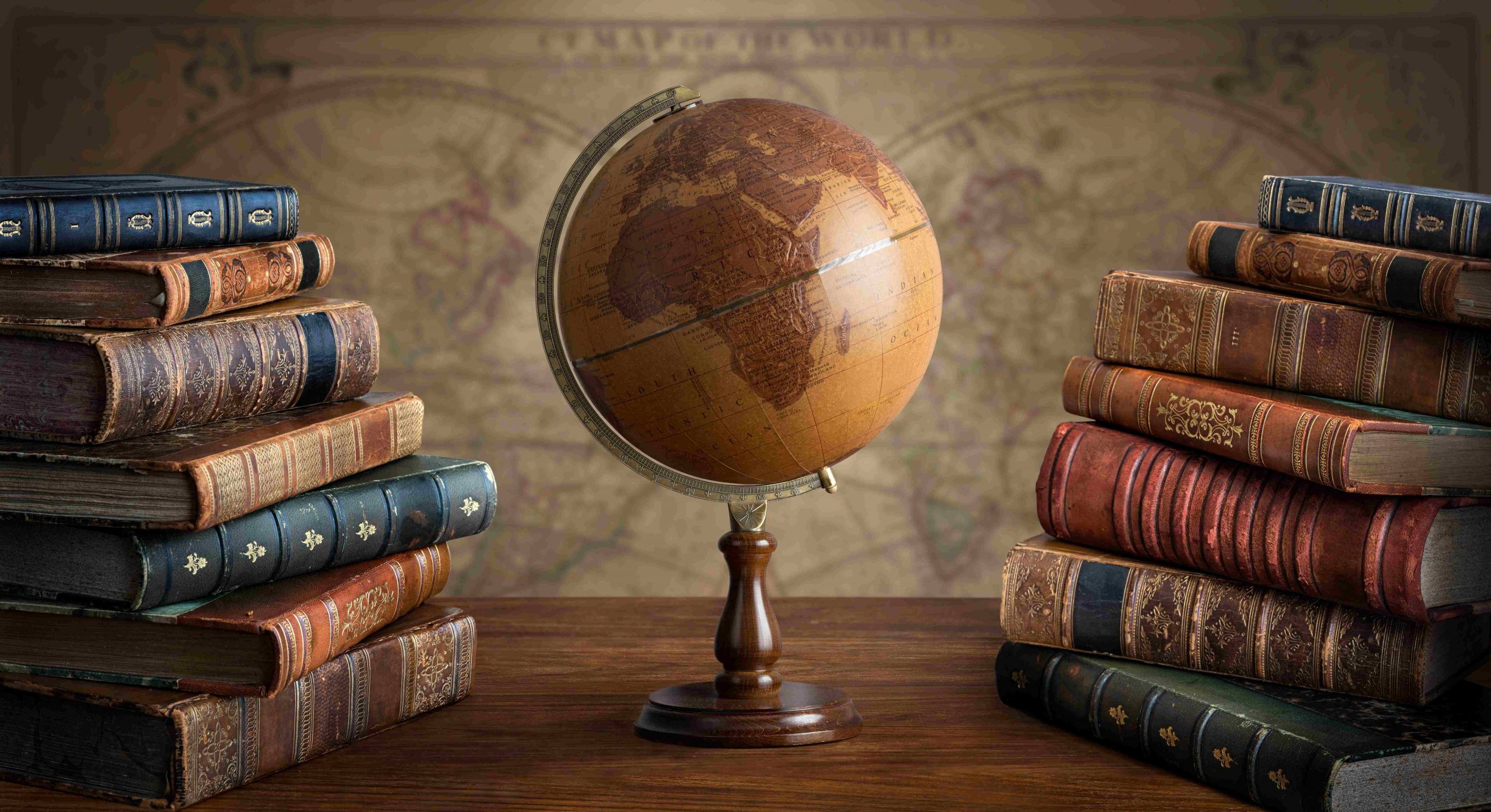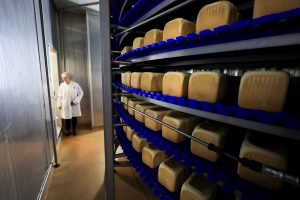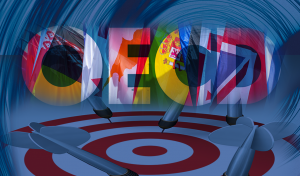A closer look at the key events on April 2 in history:
In 2005, Pope John Paul II dies
St.
John Paul II (born Karol Józef Wojtyła) was the first non-Italian pope in 455 years and the first head of the
Roman Catholic Church from a Slavic country. He became pope in 1978 and his pontificate is the third longest in history. He died on April 2 in
Vatican City.
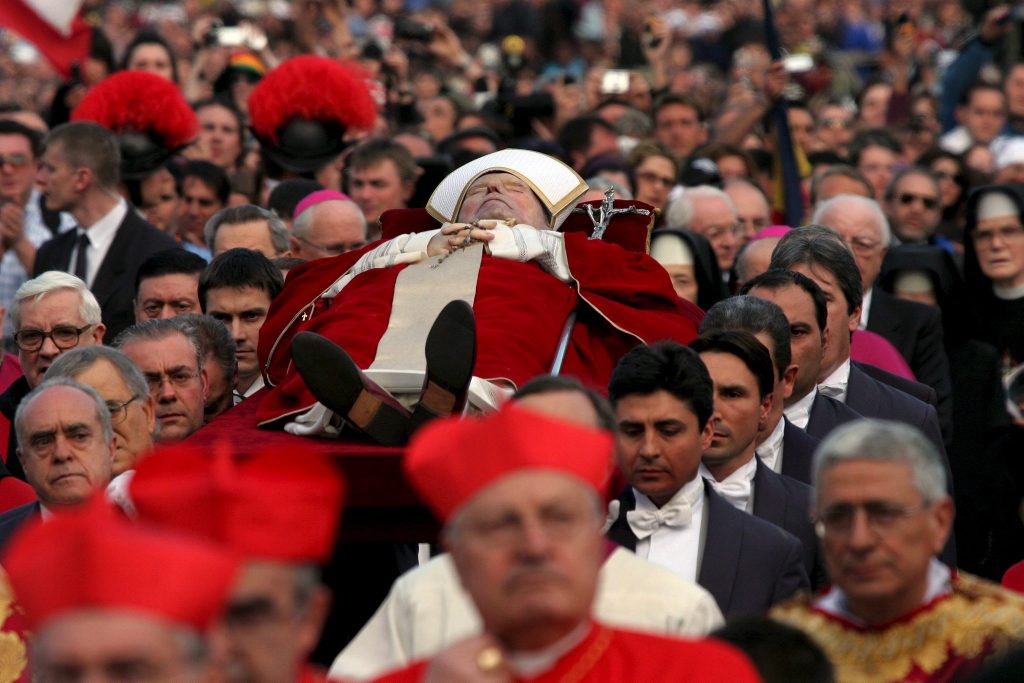
The body of Pope John Paul II is carried through Saint Peter’s Square to the Basilica in the Vatican on Monday 04 April 2005. EPA/JIM HOLLANDER
In 1982, Argentina occupies the Falkland Islands
The
Falkland Islands (Islas Malvinas) has been in
British possession since 1833 and a British colony since 1892. Argentine troops seized the islands on April 2, without inflicting any British casualties. In response, British Prime Minister
Margaret Thatcher sent 30 warships to retake the islands, which, due to the distance between the two regions, took weeks to arrive. Britain lost five ships and 256 lives and Argentina lost its only cruiser and 750 lives. The Argentine military surrendered on June 14 of that same year.
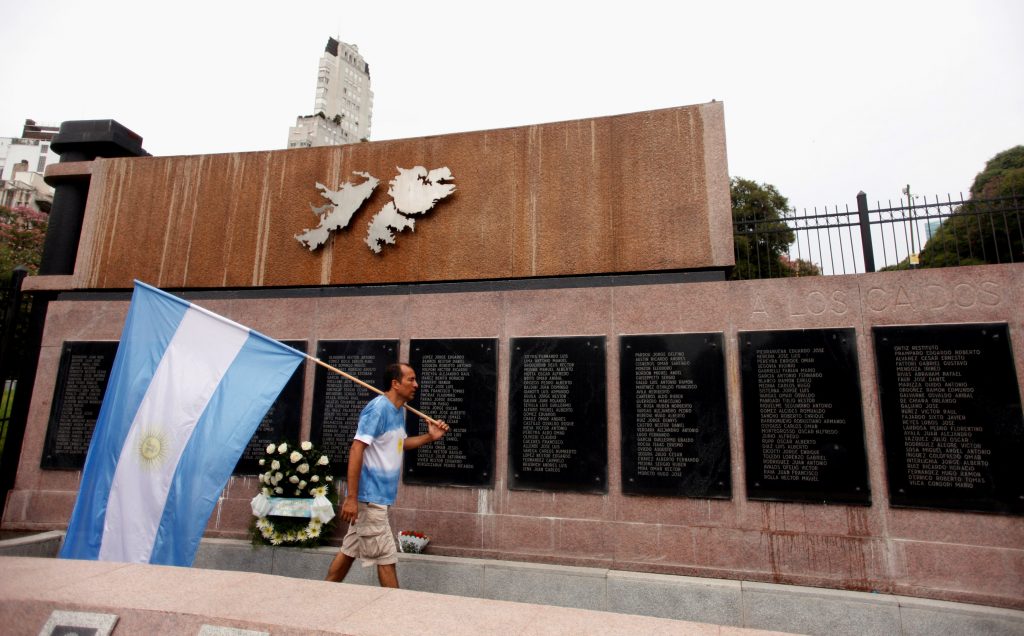
A man carries Argentina’s national flag in front of the wall with names of those who died in the 1982 war between Britain and Argentina in the Falkland Islands. REUTERS/Martin Acosta
In 1792, the US dollar is introduced
The Mint Act of 1792 – also known as the Coinage Act – was passed by United States Congress and created the US dollar as the country’s standard unit of money. The Act established the United States Mint, the first facility of which was built in Philadelphia, authorized the production of various denominations of coins, specified the design, composition, and weight of each coin and established penalties for counterfeiting.
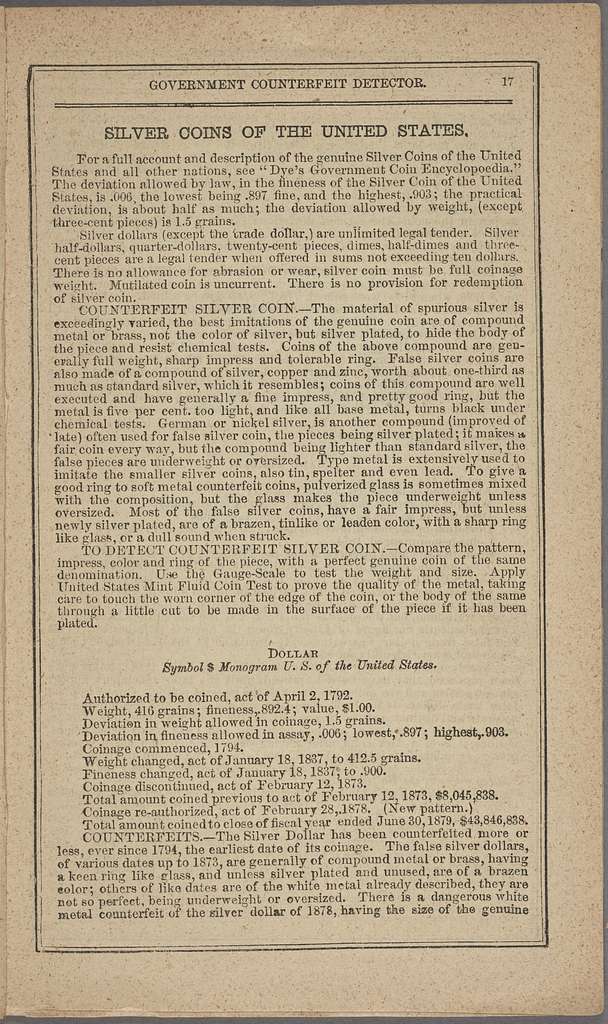
New York Public Library
The Spanish explorer is credited with establishing the first European settlement on
Puerto Rico and with being the first European to reach
Florida. Upon landing on the coast, he did not realize that he was on the mainland of
North America, but that he was an island. Having dicovered the region during Easter (Pascua Florida in Spanish), he named it
Florida.
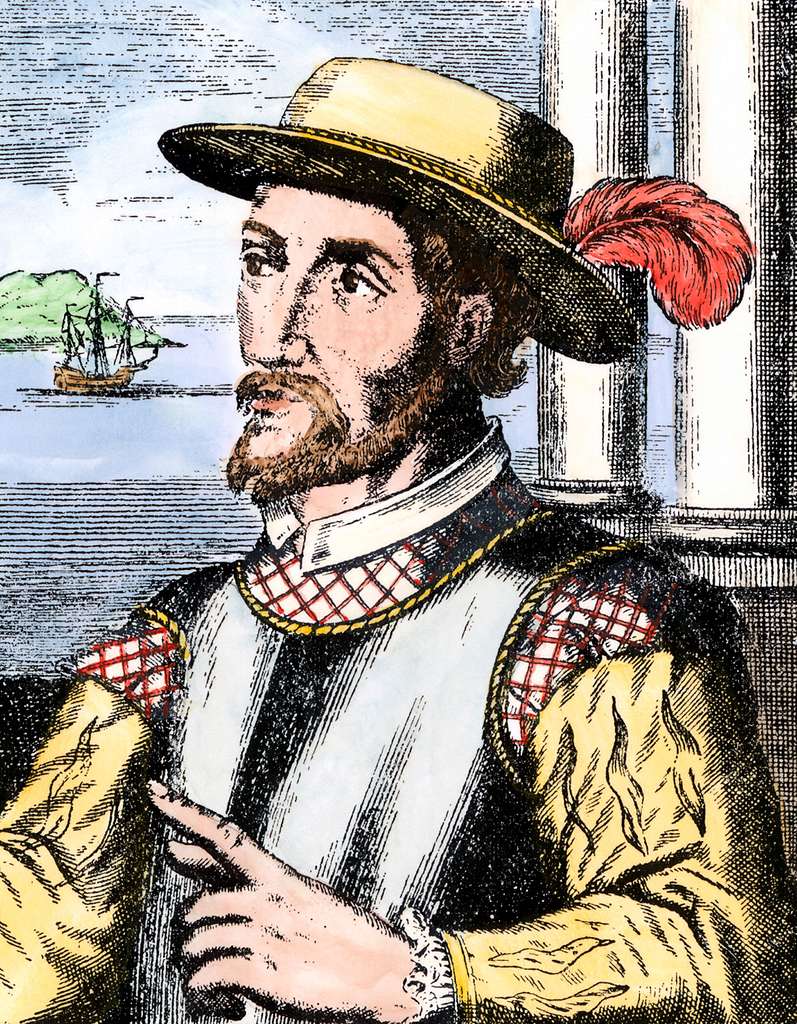
Wikimedia Commons
– Don’t miss out on To Vima’s daily “On this Day in History” posts.

